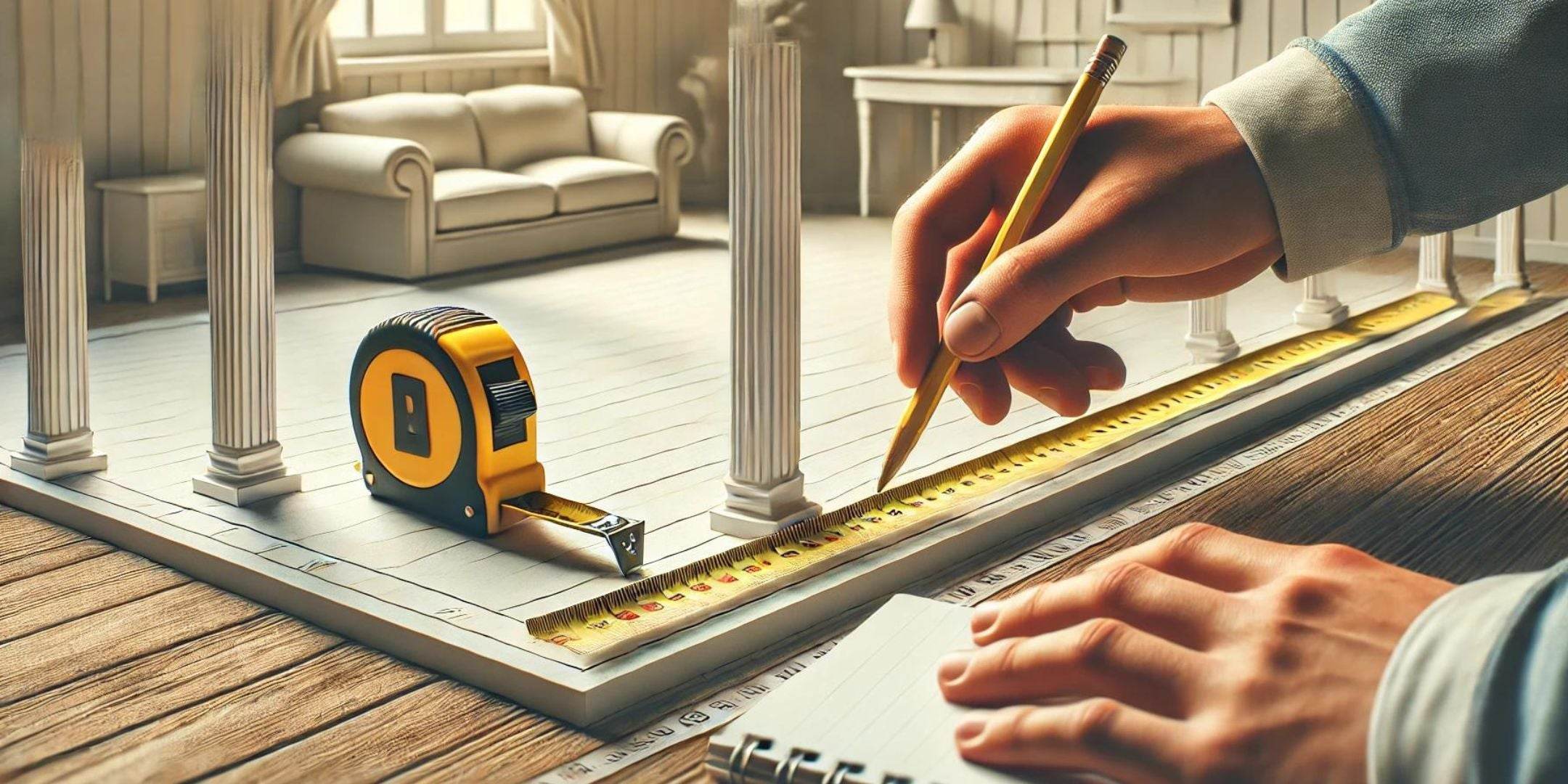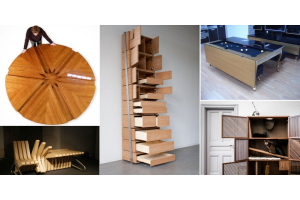When it comes to furnishing your home, the importance of accurate measurements cannot be overstated. The excitement of buying new furniture can quickly turn to frustration if pieces don't fit as intended, leading to cramped spaces or the hassle of returns. Whether you're redecorating a single room or furnishing a new home from scratch, taking precise measurements is the first crucial step. By doing so, you can ensure that every piece not only fits perfectly but also complements your home's layout and flow. This guide will walk you through the essential steps to measure your space accurately, helping you make informed decisions and avoid common pitfalls in the furniture buying process.
Ensuring that new furniture fits perfectly into your home requires precise measurement and planning. Follow these steps to measure your space accurately and avoid common pitfalls:
1. Gather Your Tools
-
- Tape Measure: A retractable tape measure is ideal for accuracy.
- Notepad and Pen: For jotting down measurements and notes.
- Graph Paper: Optional but helpful for creating scale drawings.
- Masking Tape: Useful for visualizing furniture placement on the floor.
2. Measure Your Room
-
- Length and Width: Measure the length and width of the room from wall to wall. Note any alcoves or projections.
- Height: Measure the height from floor to ceiling to ensure taller furniture fits comfortably.
- Doors and Windows: Measure the width and height of doors and windows, including the distance from the floor and walls.

3. Account for Architectural Features
-
- Doorways: Measure the width, height, and diagonal of doorways to ensure furniture can be maneuvered through them.
- Hallways and Staircases: Measure the width, height, and any turns or landings in hallways and staircases.
- Obstructions: Note the position of any radiators, vents, switches, or other permanent fixtures.
4. Create a Floor Plan
-
- Sketch the Room: Use graph paper or a digital tool to create a scale drawing of the room, marking all measurements.
- Include Features: Add windows, doors, and other architectural features to your floor plan.
5. Determine Furniture Placement
-
- Outline with Tape: Use masking tape to outline the dimensions of potential furniture pieces on the floor. This helps visualize how they’ll fit and move within the space.
- Consider Flow: Ensure there’s enough space for walking paths and that furniture placement doesn’t block windows, doors, or pathways.
6. Measure Existing Furniture
-
- Dimensions: Measure the length, width, height, and depth of any existing furniture you plan to keep.
- Clearance: Measure the space around existing furniture to ensure new pieces don’t overcrowd the room.
7. Check Vertical Clearance
-
- Ceiling Fixtures: Measure the height from the floor to any ceiling fixtures to ensure tall furniture fits beneath them.
- Wall-Mounted Items: Note the position of wall-mounted items like shelves or artwork to avoid conflicts with new furniture.
8. Plan for Movement
-
- Entryways: Ensure furniture can be maneuvered through entryways, up stairs, and around corners.
- Assembly Space: Consider the space required to assemble furniture if it comes in parts.
9. Double-Check Measurements
-
- Accuracy: Double-check all measurements for accuracy before making a purchase.
- Compare with Product Dimensions: Compare your measurements with the dimensions of the furniture you’re considering.
Conclusion
Taking the time to measure your space accurately ensures that your new furniture fits perfectly and enhances your home’s functionality and aesthetics. By following these steps, you can avoid the hassle of returns and ensure a smooth, stress-free furniture shopping experience.








